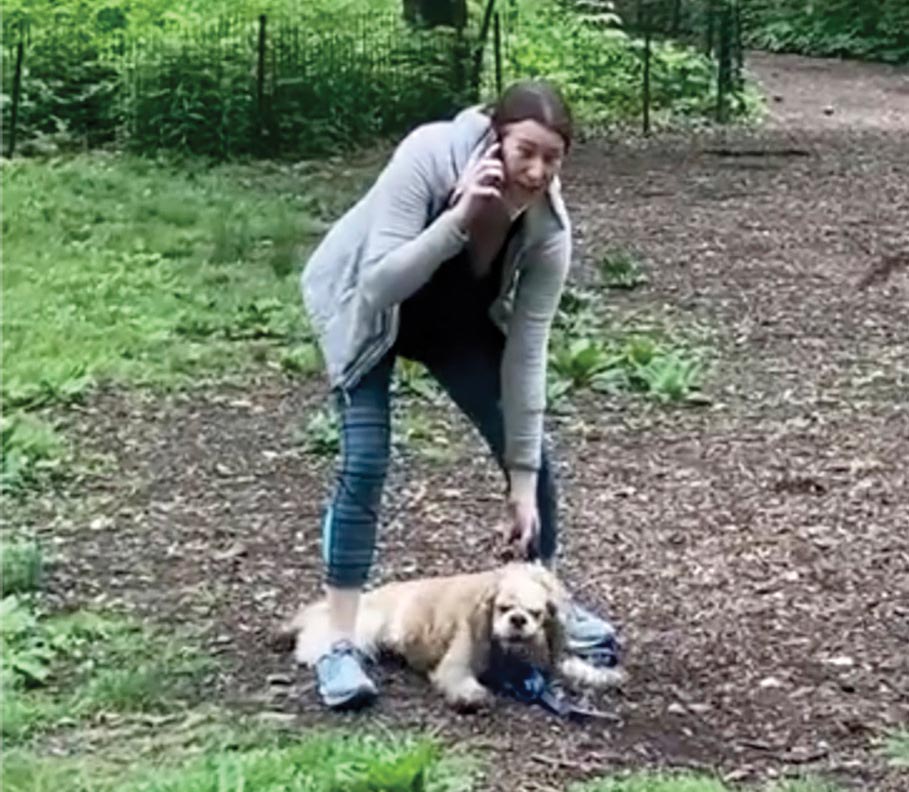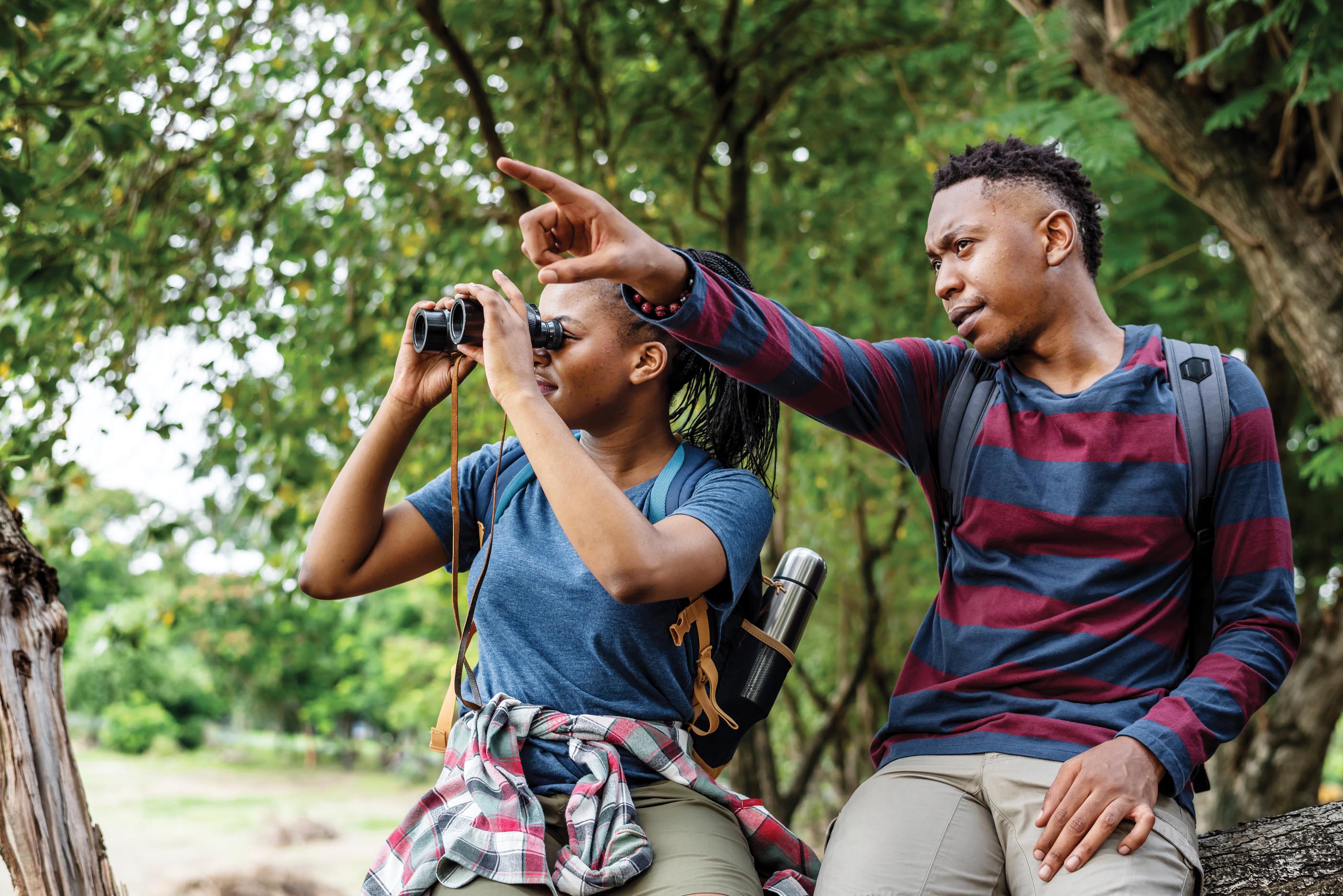CHAPTER
11
Living in a Prejudiced World
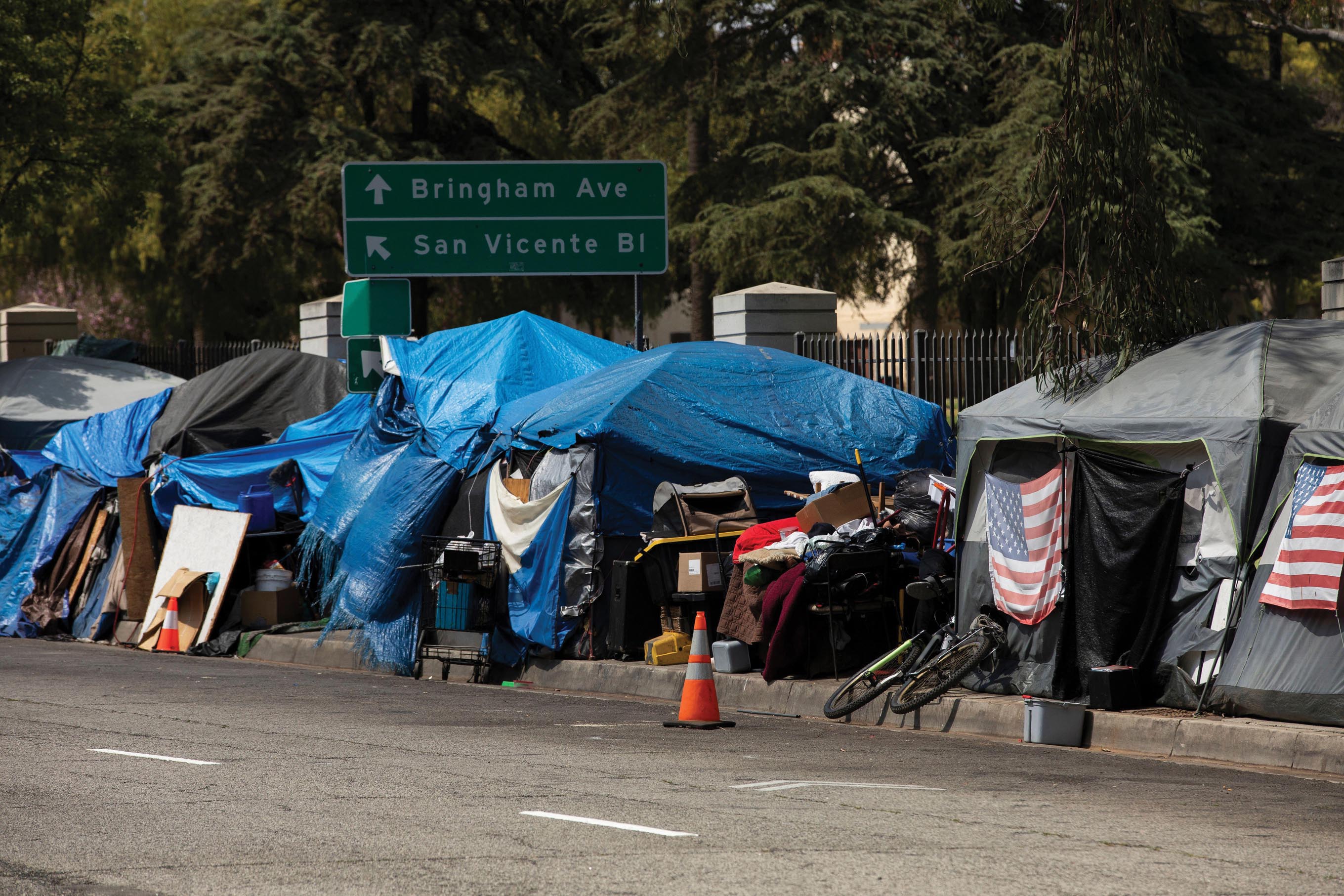
What do people’s thoughts and feelings about people experiencing homelessness tell us about the structure of the most common stereotypes?

Does knowing that society holds certain stereotypes about a group that you belong to influence how you perform—for example, on a standardized aptitude test?
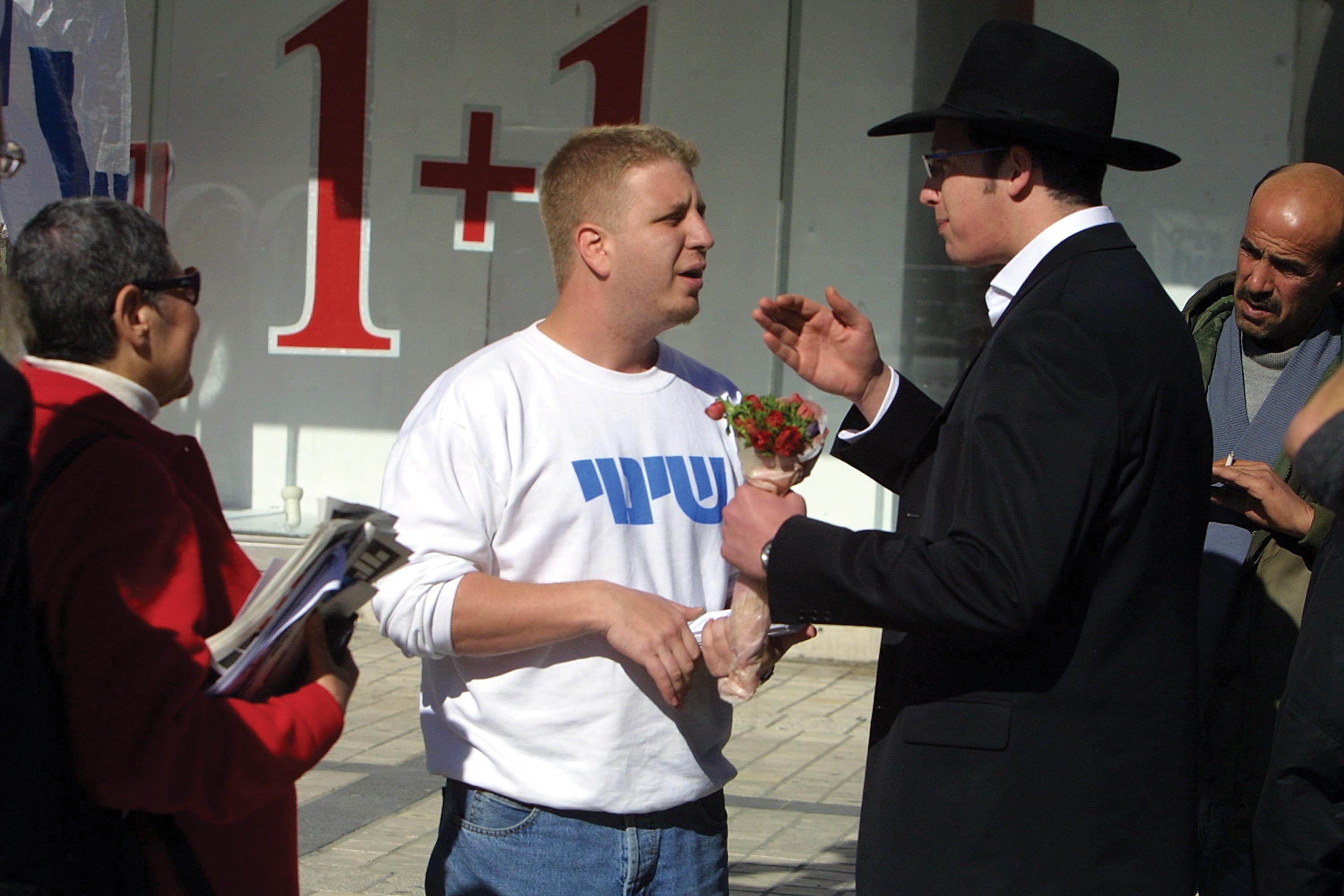
What are some of the challenges that can arise when people from different ethnic, racial, religious, and socioeconomic groups interact with one another?
ON MAY 25, 2020—THE SAME DAY that George Floyd was murdered by a member of the Minneapolis police department, sparking demonstrations across the United States against racism and police brutality—Christian Cooper was bird-watching in Manhattan’s Central Park. Cooper, who is Black and a member of the New York City Audubon Society, encountered a White woman walking her dog without a leash in violation of park regulations. When Cooper asked her to leash her dog, the woman, Amy Cooper (the shared last name another coincidence), refused. Christian replied, “Look, if you’re going to do what you want, I’m going to do what I want, but you’re not going to like it.” He then enticed the dog over to him with a dog treat. After Amy yelled, “Don’t touch my dog,” Christian began recording the interaction on his smartphone, an interaction that has since been viewed tens of millions of times.
In the video, Amy can be seen rapidly approaching Christian, and their interaction unfolds as follows:
Amy: “Sir, I’m asking you to stop recording me.”
Christian: “Please don’t come close to me.”
Amy: “ . . . I’m calling the cops.”
Christian: “Please call the cops. Please call the cops.”
Amy: “I’m going to tell them there’s an African American man threatening my life.”
Christian: “Please tell them whatever you like.”
Amy then tells the 911 dispatcher where she is in the park and that “there is a man, African American, who has a bicycle helmet. He is recording me and threatening me and my dog.”
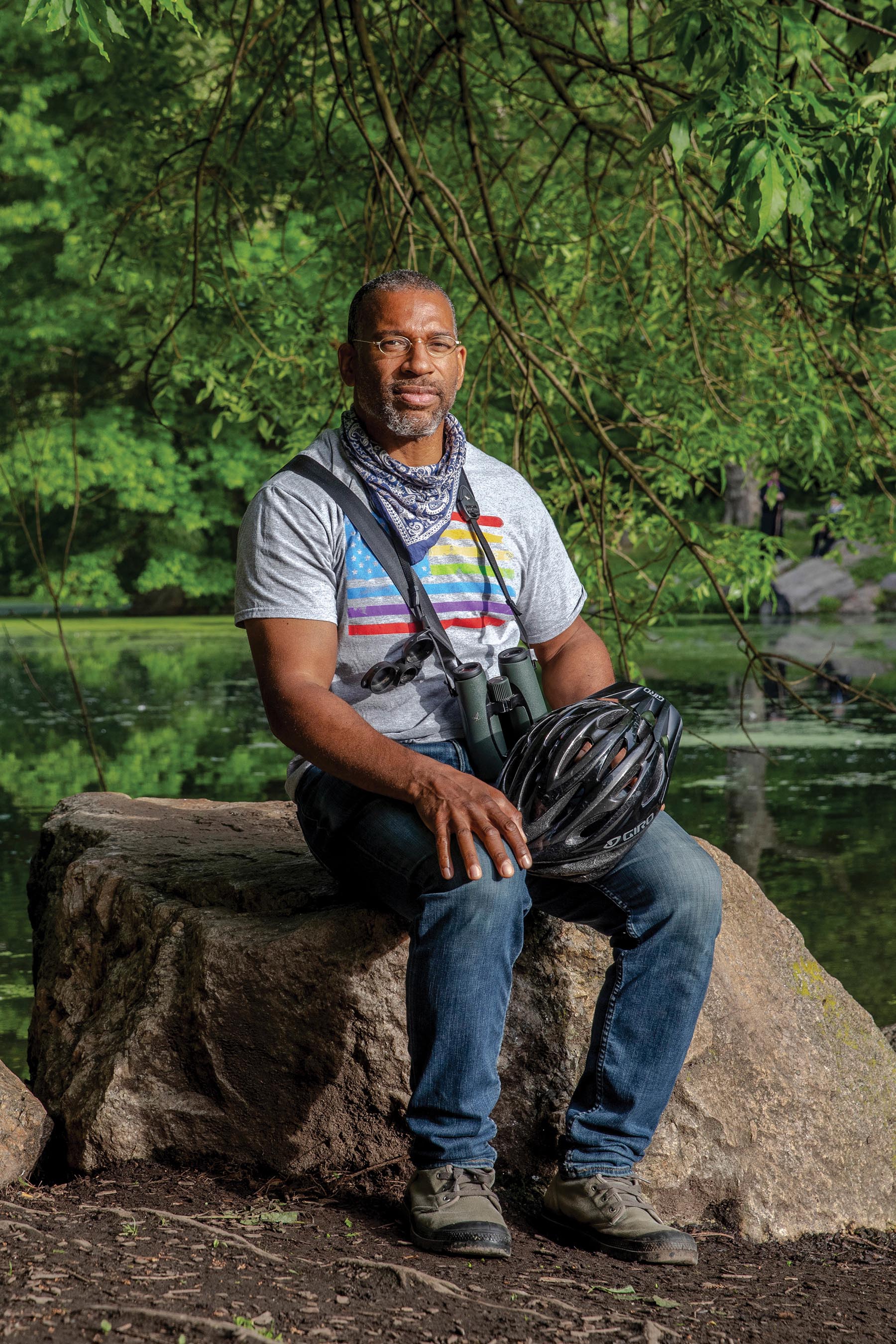
It’s impossible to know whether or how much Amy Cooper felt threatened that day, but whatever her mental state, her actions highlight the topic of this chapter: what it is like to live in a prejudiced world. Amy did not say she was threatened by a bird-watcher, or by a man, but by an African American man, revealing one of her prejudices. Just as critically, she was counting on the dispatcher sharing her prejudice so that her call for assistance would be received with greater urgency. “I’m being threatened by a bird-watcher,” she assumed, would be unlikely to spark much alarm.
Christian was certainly aware of those prejudices as well. He was eager to record the interaction so that those prejudices wouldn’t lend Amy’s side of the story greater credence in any “he said, she said” exchange to follow. He was wise to do so—not only because countless Black men have been convicted of crimes they did not commit solely on the basis of their White accusers’ testimony but also because he ended up coming across rather well to most viewers of the exchange. Indeed, the incident led to the creation of Black Birders Week, a weeklong series of online events designed to highlight the challenges Black birders can face alone or in small groups in the outdoors.
Amy Cooper did not fare as well. She has been mocked and vilified both online and in traditional media, and she lost her job at the asset management company Franklin Templeton.
In yet another illustration of what it’s like to live in a prejudiced world (and in yet another irony), Amy Cooper has come to be known as the “Central Park Karen” even though her given name is Amy, not Karen. This strange twist to the story stems from another stereotype: The name Karen has become associated with entitled, pushy White women who are inclined toward racist attitudes. What is it like to be named Karen in today’s world—especially a Karen who, like most of us, was previously happy with her name—and to have to live now with the knowledge of what that name means to others? (Full disclosure: One of the authors is married to a Karen, who is as different from the stereotype as it is possible for a person to be.)
The previous chapter dealt with the causes of stereotypes, prejudice, and discrimination, which necessitated a focus on the perpetrators of prejudice (a group, it should be clear by now, that can be presumed to include all of us). But this chapter focuses more on the victims of prejudice: members of stigmatized groups. What is life like for them? How are they personally affected, how are their interactions with others influenced, and how is society as a whole affected as a result? These are the questions we address in this chapter. We do so by first considering two broad theoretical perspectives that provide a foundation for considering these issues. One deals with how people respond to entrenched differences in power, wealth, and status, and the other deals with the dimensions underlying the many stereotypes that people the world over hold about different groups. ◼
